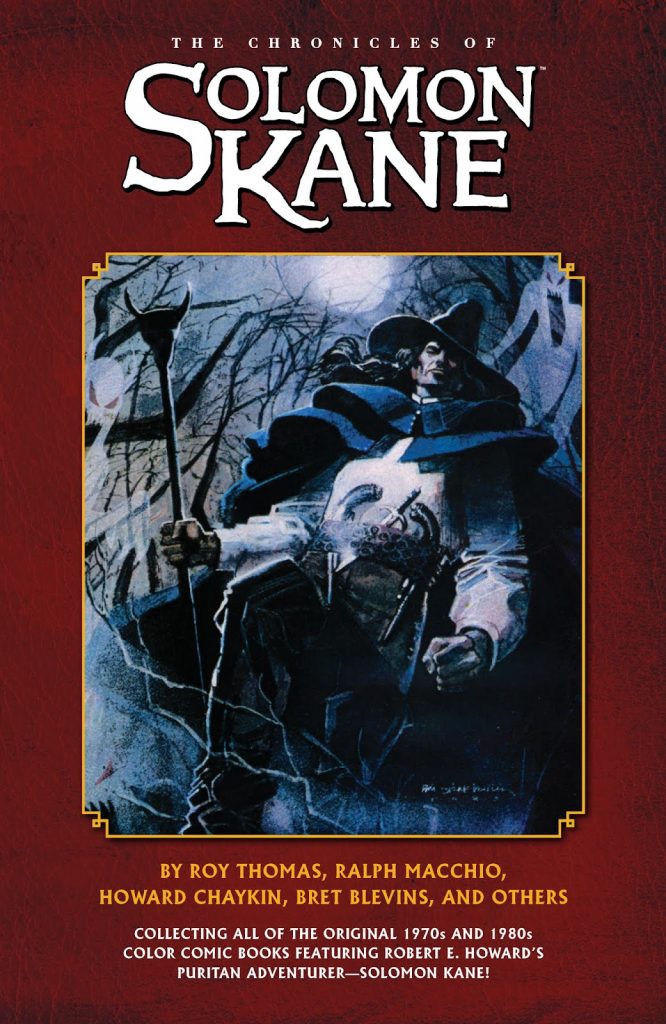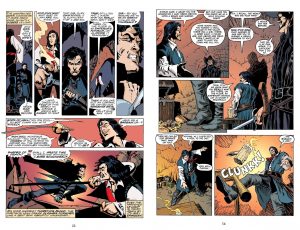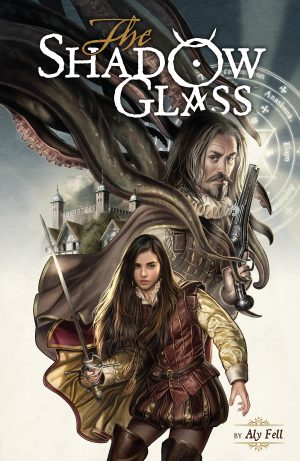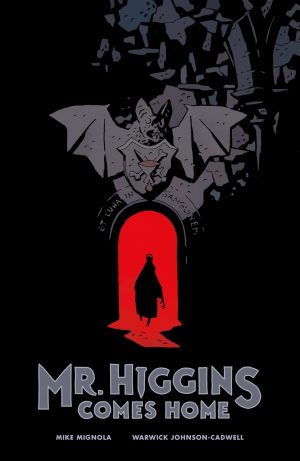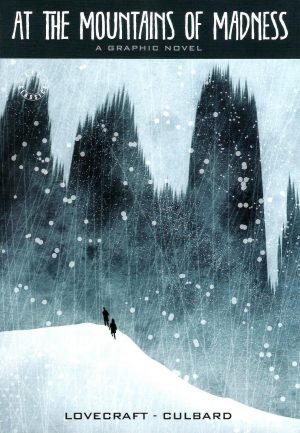Review by Frank Plowright
With Conan the Barbarian such a massive success at Marvel during the 1970s it was only natural that Robert E. Howard’s other creations were investigated, and the one most separated from Conan was Solomon Kane. Despite encountering the supernatural, Kane wandered a recognisable 17th century world and he may not have been a likeable man, but he was a man of principle according to the ascetic Puritan belief system. Any spawn of the devil was to be dispatched, and the godly were to be avenged.
The Chronicles of Solomon Kane presents the colour stories Marvel issued in the late 1970s and mid-1980s, which are a mixture of original material and adaptations of Howard’s own stories, with ‘Red Shadows’ appearing in two forms, one immediately following the other. The sample art shows roughly the same scene as interpreted by Howard Chaykin and later by Steve Carr. Although over-wordy, Roy Thomas’ first adaptation is the more stirring, and plenty of sword fights play to Chaykin’s strengths. Ralph Macchio’s is over-written, with some unrealistic dialogue, and too great a reliance on an African sequence in which the characteristics that make Kane unique have no bearing.
They’re more apparent in subsequent stories, all written by Macchio, with Kane delivering his harsh homilies and attributing any unfortunate or tragic incident to deviation from the true path, humourless, single-minded prig that he is. Still, if there’s a werewolf or demonic intrusion in the vicinity, he’d be the man to stand beside you. Several of Macchio’s stories, and those he adapts, place Kane in a position where his faith is questioned by others whose different beliefs are equally strong, such as in an Arabian tale, or where what he witnesses in Africa directly contradicts his beliefs. Still, imparting such as the work of the devil removes any need for consideration.
All artists supply a decently drawn, gaunt Kane, shadowy in cloak and distinctive hat, with a consistency supplied by most being inked by Al Williamson. Mike Mignola and John Ridgway are the most distinctive of the later artists, Mignola with a style very different to his shadowy later work and Ridgway supplying bat-winged demons. The best art in the book, though is two pages of Sandy Plunkett’s decorative delicacy accompanying one of Howard’s poems, which is ordinary.
Anyone already predisposed to liking Kane or Howard’s work in general is more likely to find satisfaction here than the curious reader. However, Marvel treated Kane far better in their black and white publications, and the bulky Saga of Solomon Kane supplies those stories. The content of both is combined in the later oversized Solomon Kane: The Original Marvel Years.
